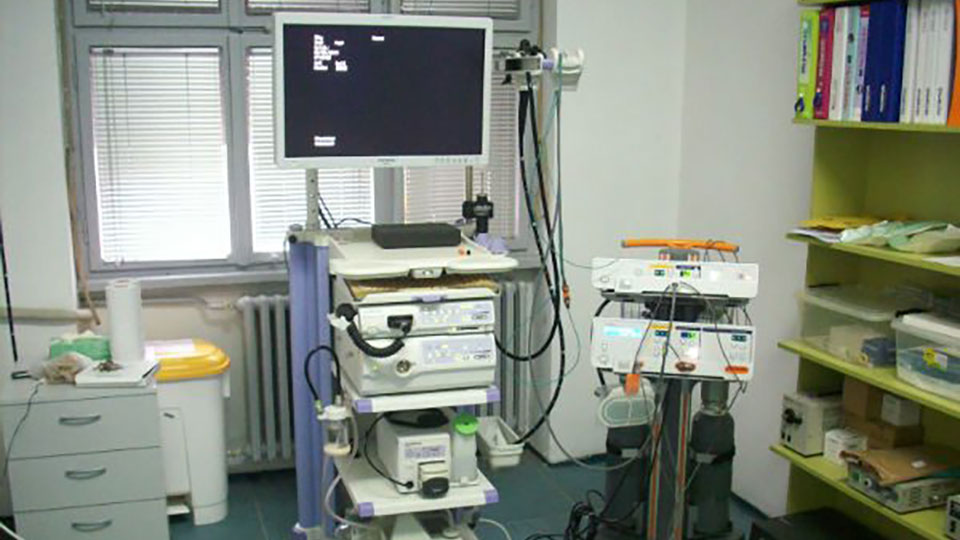
Argon Plasma Coagulation (APK) is actively used in interventional upper and lower digestive endoscopy.
It is a non-contact, thermo coagulation method that uses Ar for uniform distribution and delivery of thermoelectric energy in the form of plasma (ionized gas) on certain parts of the tissue.
It was introduced more than 30 years ago as an alternative to laser coagulation as a non-contact method and monopolar and bipolar coagulation as contact methods.
There are specific flexible probes for endoscopic application of Ar with dimensions of 1.5 mm; 2.3 mm and 3.2 mm and length of 220 cm or 320 cm.
The penetration depth is 2-3 mm.
The working distance for a successful application should be less than 1cm, but not directly applied, except for tunneling of tumor lesions, because otherwise there is a high risk of perforation.
Argon plasma coagulation is used in multiple areas:
- Surgery – hepatic
- Upper and lower digestive endoscopy
- Bronchoscopy
- Otorhinolaryngology
- Dermatology
APK is particularly suitable for treatment of difficult to reach and multiple lesions at the same time.
APK is faster and easier to use than other thermo coagulation methods of haemostasis.
It is indisputably indicated for treatment of colonic, small bowel and gastric angiodysplasia.
It is used for treatment of postraditional proctitis with bleeding.
After polypectomy of sessile polyps to treat the base site of the polypectomy, in order to reduce the risk of relapse and for ablation of residual polypoid tissue in places that are unavailable for treatment with standard polypectomy.
Tunneling of esophageal tumors and tumors of the gastric cardiac.


